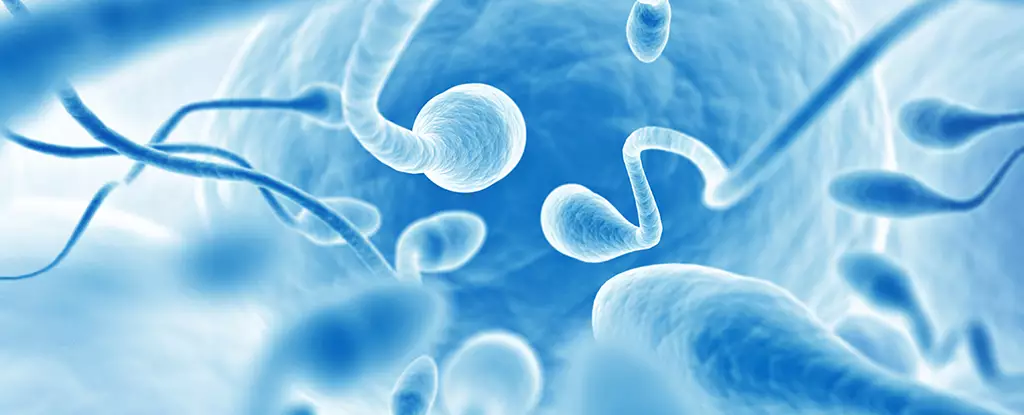The quest for human colonization of space comes with an array of unprecedented challenges, particularly in the realm of reproduction. Recent research highlights a significant hurdle: the effects of microgravity on human sperm. Conducted by a collaborative team from the Technical University of Catalonia and Dexeus University Hospital in Spain, this research sheds light on the complexities of human biology when subjected to reduced gravity conditions, questioning the viability of human reproduction beyond our planetary boundaries.
In a carefully structured study, researchers collected 15 human sperm samples and designed a comparative analysis. Each sample was divided, with one half remaining in standard Earth conditions while the other half was exposed to microgravity through parabolic flight simulations. The results were alarming: sperm samples subjected to microgravity showcased a marked decline in both motility and vitality. Specifically, sperm movement was significantly hampered, which poses a critical risk to successful fertilization in a microgravity environment.
The data revealed that while sperm exposure to microgravity did not lead to total cellular death, it instigated critical health complications. Notably, the curvilinear velocity — the measured speed and directionality of sperm — was severely affected. This reduced capacity to navigate toward an egg could fundamentally alter the chances of conception in space, which raises profound implications for future human life beyond Earth.
While the exact reasons behind the detrimental effects of microgravity on sperm remain unclear, the researchers speculate that alterations in the necessary biochemical processes might be implicated. The study revealed that certain sperm health metrics, such as DNA fragmentation and oxidative stress, were not adversely affected. This nuanced understanding opens the door to further investigations into the biochemical pathways that could be disrupted under microgravity conditions.
Given that other reproductive-related factors did not seem to face the same level of impairment, this invites questions regarding the specific characteristics of sperm that are vulnerable to the harsh realities of space. Further studies are necessary to pinpoint the mechanisms through which microgravity engenders these changes, as comprehending the underlying processes could inform potential solutions.
With the burgeoning interest in establishing bases on the Moon and Mars, the findings of this study become increasingly relevant. If humanity is to thrive in extraterrestrial environments, understanding reproduction is an essential consideration. This includes not only natural conception but also the potential implications for assisted reproductive technologies, such as in vitro fertilization (IVF).
As human exploration remains a priority for governmental and commercial entities alike, the lack of focus on reproductive health in space presents a significant gap in our understanding. While astronauts have yet to prioritize sexual activity in microgravity, the inevitability of long-term missions entails that questions of reproduction cannot be overlooked for long.
Moreover, insights gathered from earlier animal studies, which hinted at conception challenges in microgravity, provide a foundation for this research. However, the translation of these findings to human biology remains fraught with unknowns, and further human-based studies are essential to build upon our current understanding of reproduction in space.
As we stand on the brink of a new era in space exploration, the challenges posed by microgravity on human reproduction underscore a need for urgent research. As scientists gear up for extended space missions and the prospects of space tourism become more tangible, resolving these issues is paramount. A holistic understanding of how space conditions affect our most fundamental biological processes is crucial—not just for potential human survival, but also for the continuation of our species beyond Earth.
Moving forward, it is imperative that researchers prioritize reproductive studies in microgravity to ascertain whether the barriers to conception can be addressed. Ultimately, the future of human life among the stars may well depend on our ability to adapt our reproductive biology to the cosmic environment. As these explorations continue, we must prepare for a reality in which the question of life—both its initiation and sustenance—takes on new dimensions in the vastness of space.


Leave a Reply